Jane Jacobs
Jane Jacobs was a social activist and urban writer. She war born in 1916 in Pennsylvania (USA) and died in 2006 in Toronto (Canada).
In her most famous writing, she wrote about ́The Death and Life of Great American Citieś (1961). Her main focus was always based on the importance of the social environment of humans and therefore she tried to show how globalisation affects and influences communities.
In her writings from 1961 she urged urban planners to include the significance of the local neighborhood in their plannings.
When her home neighborhood Greenwich Village was about to be transformed by the famous urban planner and architect Robert Moses, who called the project ́slum clearence ́, she formed a resistance against the threatening changes. By establishing a variety of actions like demonstrations, housing blocks and neighborhood-walks, she fought against the plans of Robert Moses to modernize Greenwich Village. Moses had planned a largely car-led infrastructure in that area.
Jane Jacobs was arrested during the resistances, but her actions succeeded and Robert Moses had to abandon his plans. The loss of Robert Moses represented an important victory for the local communities ́ interests.
Right after the incidents of Greenwich Village, Jane Jacobs moved to Toronto (Canada).
She was many times criticized for not having a college degree, nevertheless she criticized the male- dominated field of urban planning her self, which was not commen that time.
́[Jacobs] believes in power being exercised by individuals or people in small groups rather than big governments and corporations. Jane Jacobs believes that most problems, if solvable at all, will be solved not by the elaborate schemes of experts but by spontaneous invention. ́
– Robert Fulford, Imperial Oil Review
References:
https://www.archdaily.com/502096/happy-birthday-jane-jacobs https://www.pps.org/article/jjacobs-2 (visited: 19th August, 2018, 6:09 p.m.)
https://rudhro.wordpress.com/2010/03/15/jane-jacobs-a-great-canadian-immigrant-story-a-hero-of- mine/ (visited: 19th August, 2018, 6:31 p.m.)
http://www.janejacobswalk.org/what-is-jane-jacobs-walk/ (visited: 19th August, 2018, 6:12 p.m.)
The Intention
Behind Ameisenstraße
When we first collected ideas for actions in or by civil societies, we quickly realised how hard it might get, to draw the attention of individuals. Jane Jacobs ́ achievements in the field of urban planning and her ability to mobilize a community, inspired us to create the project ́Ameisenstraße ́, which means ́ants road ́.
Since this website shall be a platform to share impressions and experiences, we prefer ́Ameisenstraße` to the so called ́Jane-Jacobs-Neighborhood-Walks ́.
The purpose of a neighborhood-walk is, to get in touch with the environment and also with the people who live in the neighborhood. The key of the walk is to sense the streets and places. This means, that it is important to take a very close look at all the special things you see. …As well as the unexciting things.
Every single impression that you get is important, because every impression can make a difference in the way you see places and people. By taking part in a neighborhood-walk, you are able to increase the uniqueness of an area.
Observing and connecting are the two key factors for participating in a neighborhood-walk.
The idea behind ́Ameisenstraße ́ is to make it possible for people from all over the world to participate in neighborhood-walks and to built a community that is able to interact via internet.
We would like to take you on a walk through Bremen (Germany) and collect and share impressions and experiences. We would like to discuss differences and get to know each other in the ways, in which we see neighborhoods, places and an environment.
Since we have created this website digitally, it is a digital-neighborhood-walk. And in some way, it is guided by us, because we have directed the cameras ́ perspectives, but we would like to urge you to focus on the videos and pictures you will see.
We are happily looking forward to get in touch with you.
Sincerely,
Leon Čolić (lecolic@uni-bremen.de) and
Janis Bülter (jbuelter@uni-bremen.de)
Lets begin!
The following video gives you a rough view over Bremen and the districts, that we will discover later. If you already watched the video at the stroll, than skip this part.
Leave a comment about your first impressions
What now?!
In the following part, we will show you every district, explain its history and its current status. Again you can comment your thoughts and impressions about those.
Now that you have seen the districts, we would like to highlight a few differences between them.
Please leave a comment, why you think the highlighted variations are so diverse? Is there a connection with the district and its wealth and power? Do you find those differences in your hometown and its districts?
Street- / Roadsigns
In Bremen it is interesting to see where this regulations are, because Bremen is a city with a strong Green Party, therefore its traffic control tries to minimize the pollution of the air and to support the public transportation and bicycle traffic, but this regulation seems to be in wealthier districts.
Do you think there is a connection between wealth and regulation of the traffic? If so, why? If not, why not? Do you find similarities to your hometown?
Überseestadt
0 Kommentare
Einen Kommentar abschicken
Bicycle stands
In Bremen those are located in wealthier districts too, but at the campus apartments are some as well.
Do you think there is a connection between wealth and support of silent and eco-friendly traffic? If so, why? If not, why not? Do you find similarities to your hometown?
0 Kommentare
Einen Kommentar abschicken
Vending machines
In Bremen they are rare and their products are often old and unusable. We only found them in Walle and Woltmershausen. But why?
What do you think, why are the vending machines located the way they are? Could there again be a connection between wealth and location or is there a different reason for their placing?
0 Kommentare
Einen Kommentar abschicken
After we highlighted some differences, we would like to hear your opinion about those and the website itself. Every comment is helpful und wanted.
Did you see more contrasts between the distracts or find some in your distract or hometown? Are these differences a problem? If yes, why and how could we as a society fix them or is there no solution? If they are no problem, why not?
Do you disagree with our highlighted topics? If yes, explain why and help us to improve Ameisenstraße.
Did you like or dislike about Ameisenstraße. What should we change/continue?
0 Kommentare
Einen Kommentar abschicken
Thank you

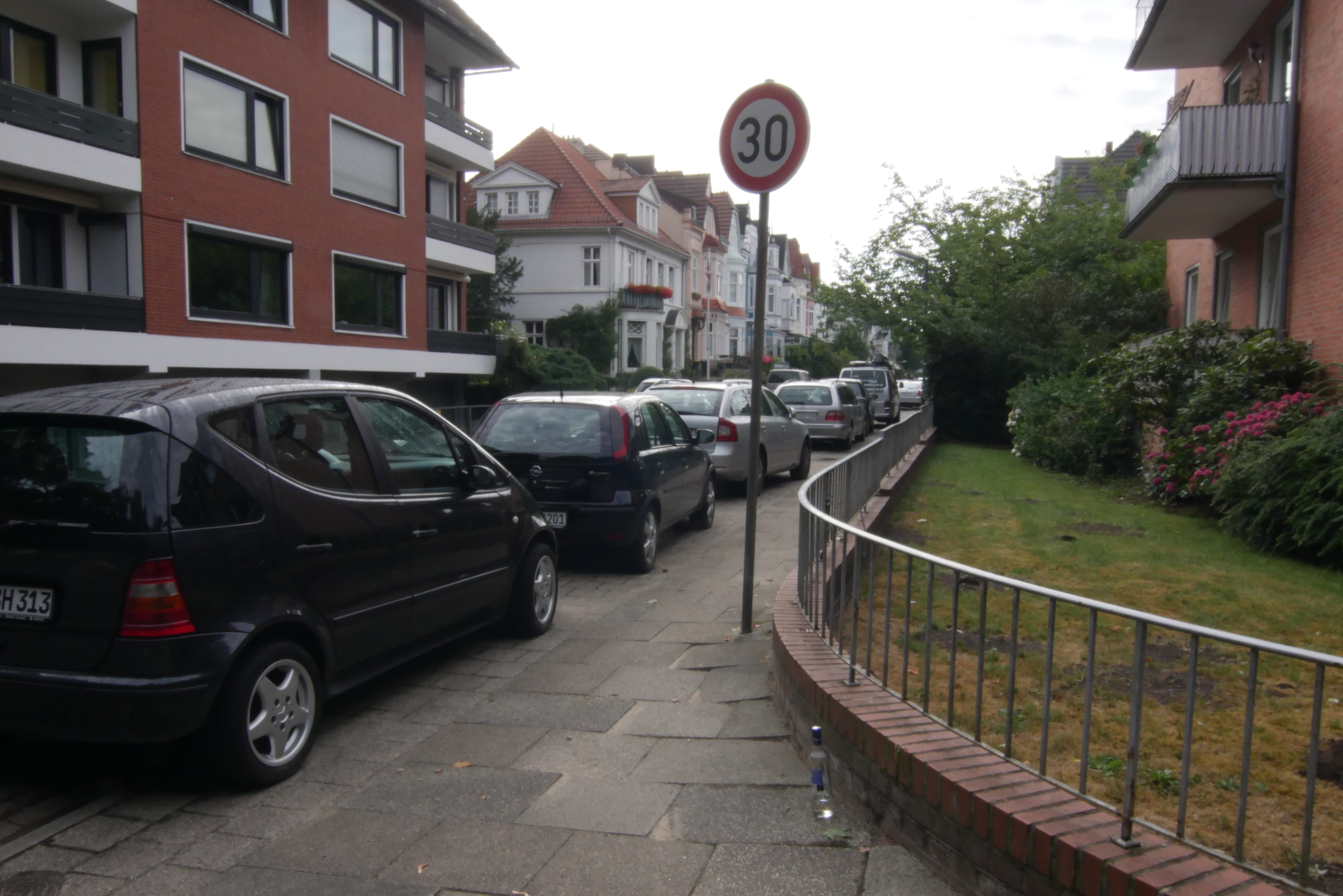
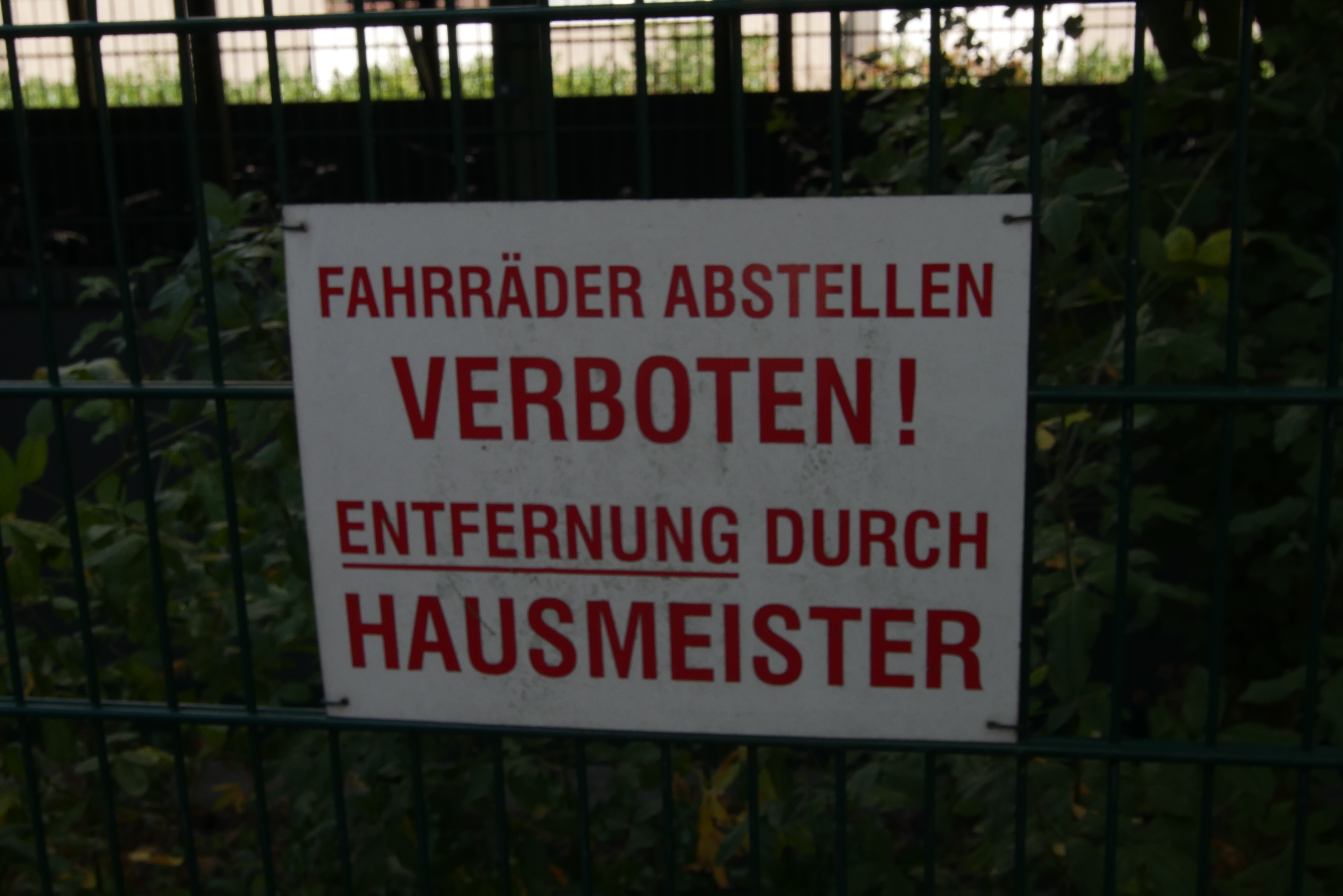
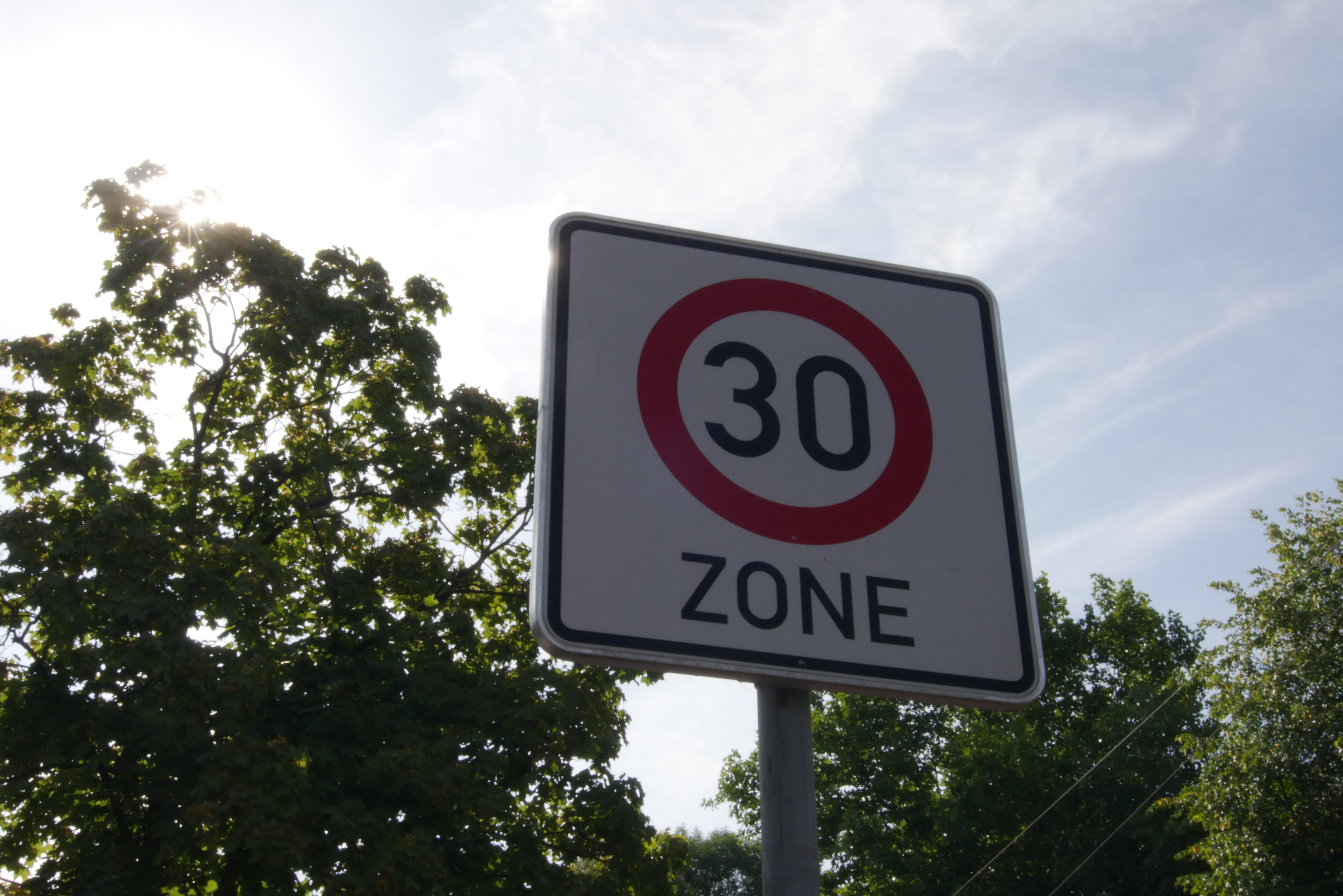
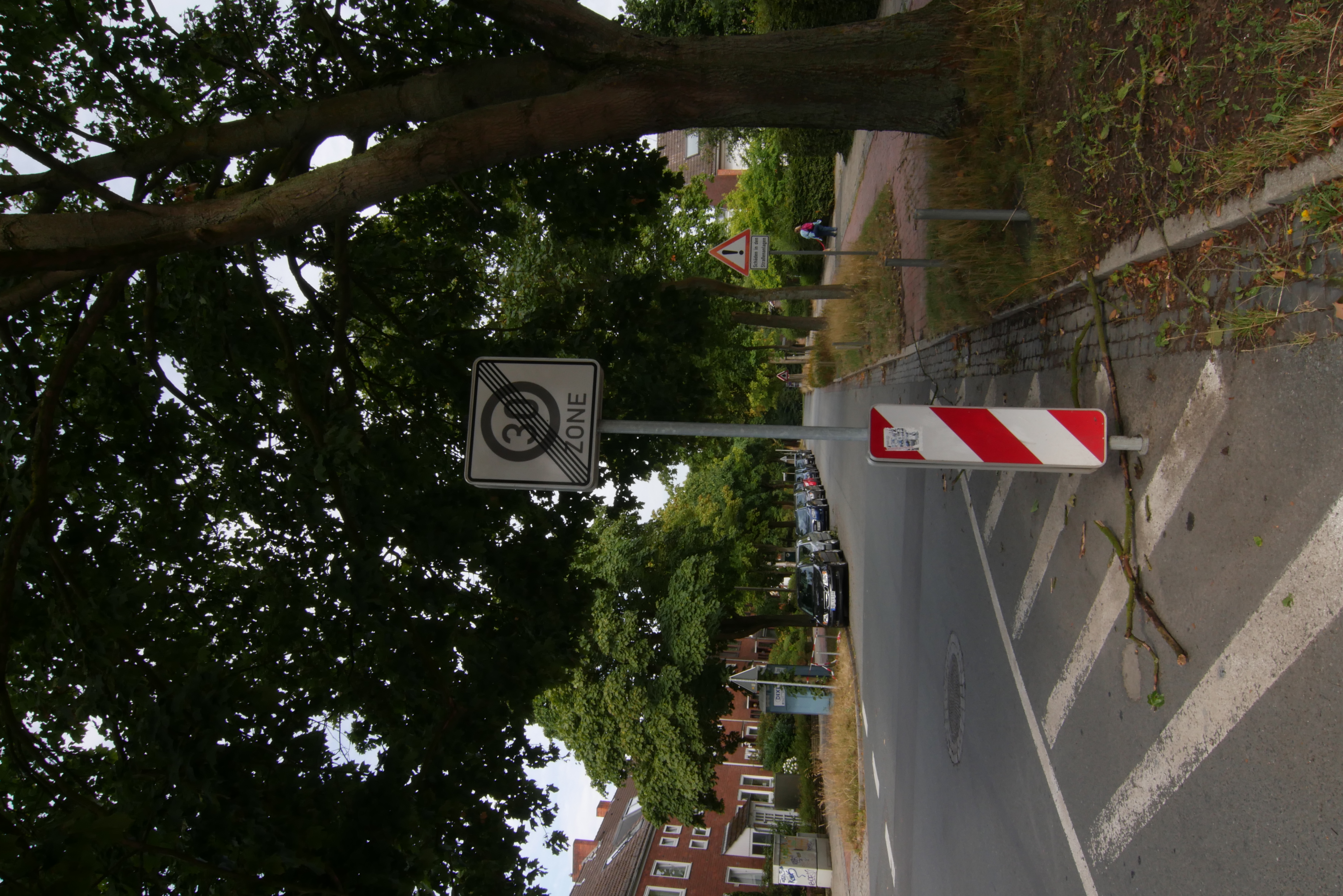
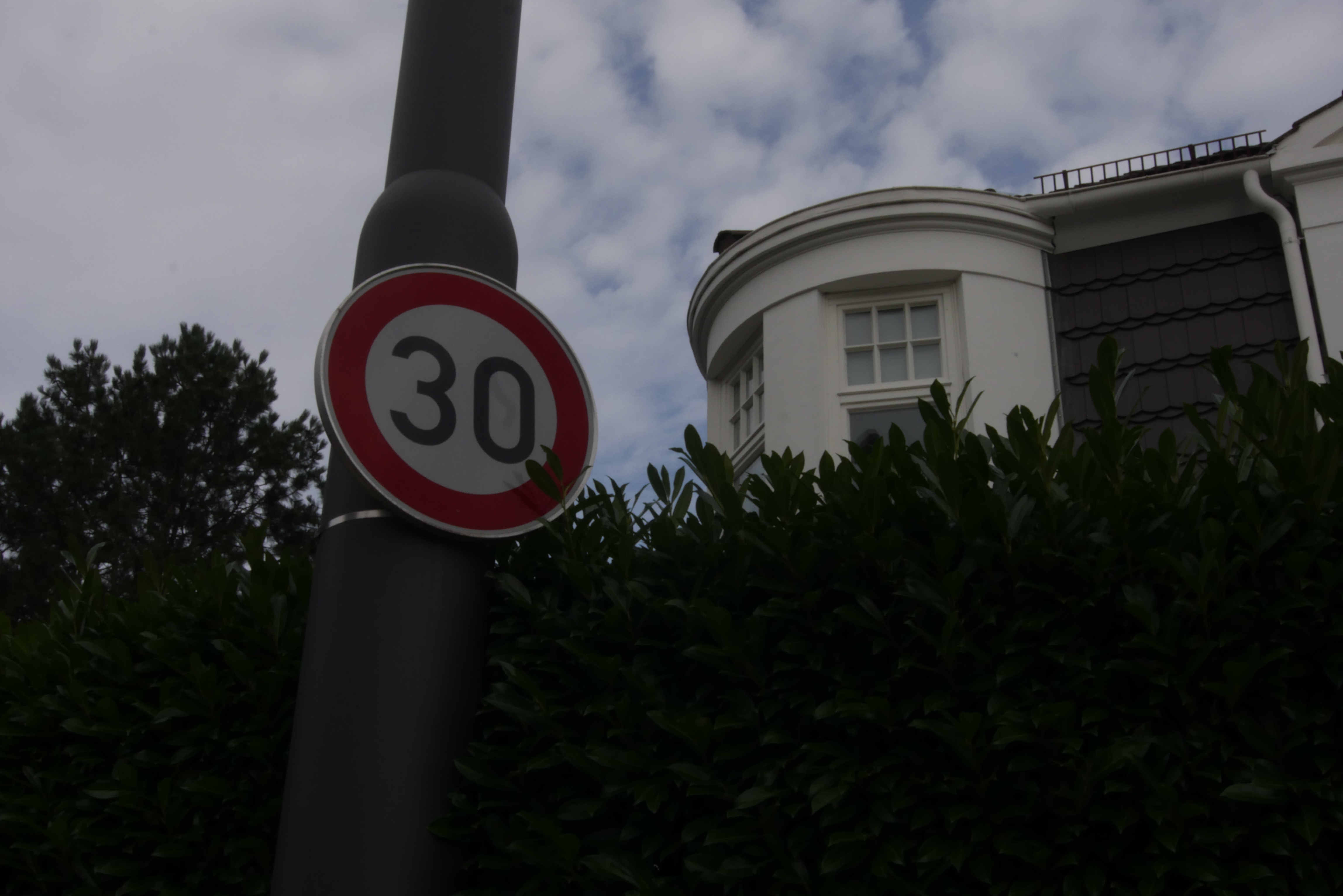
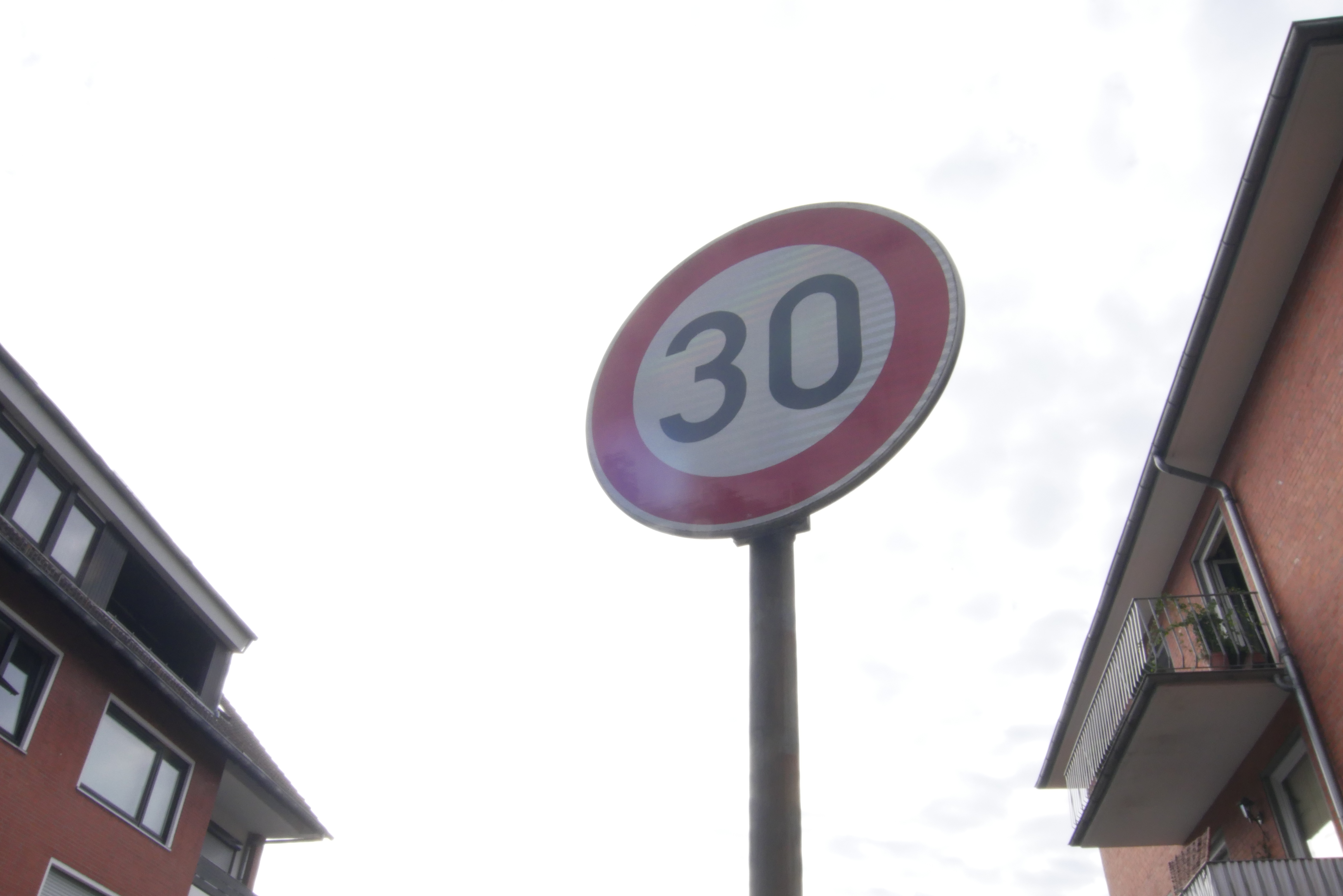
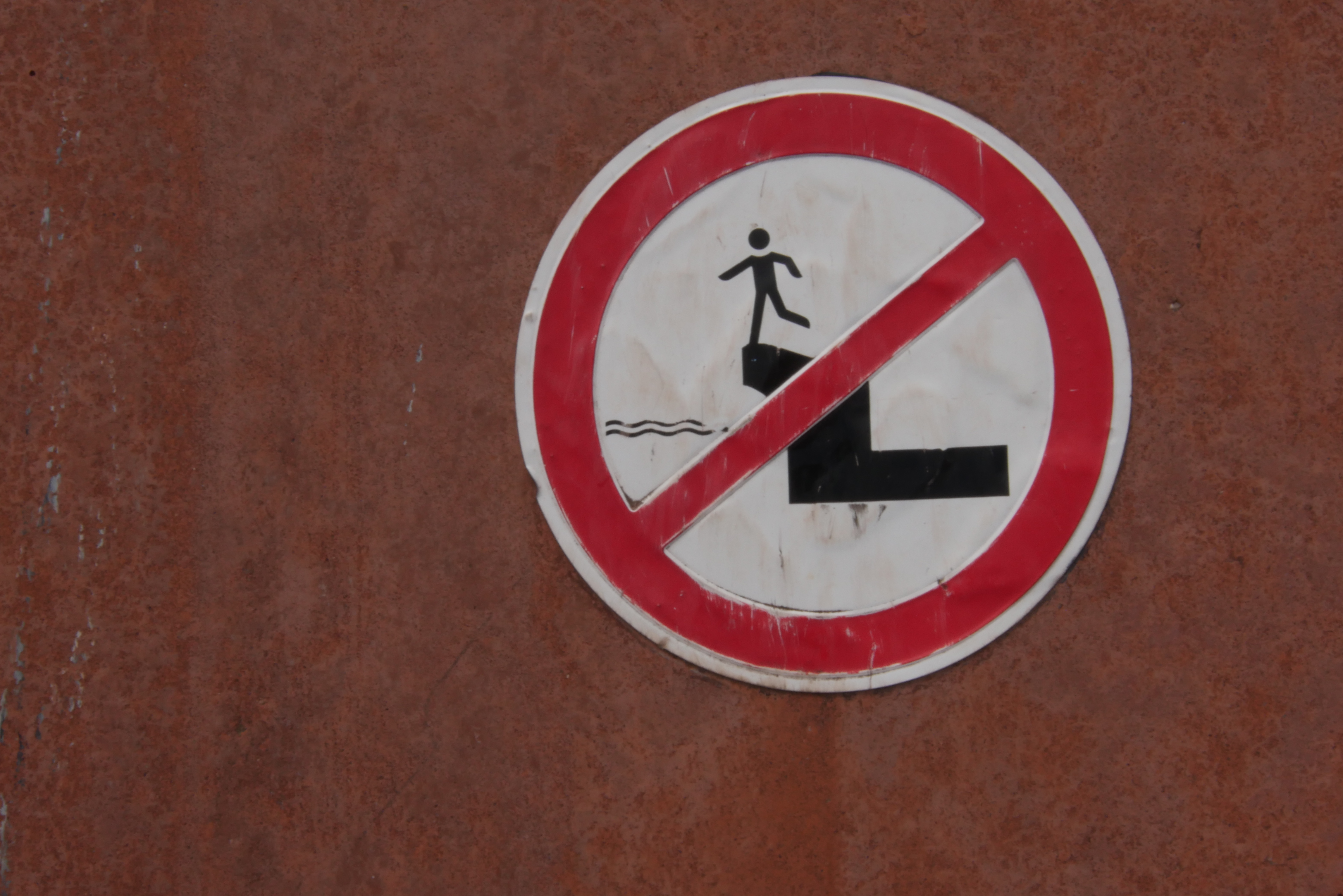

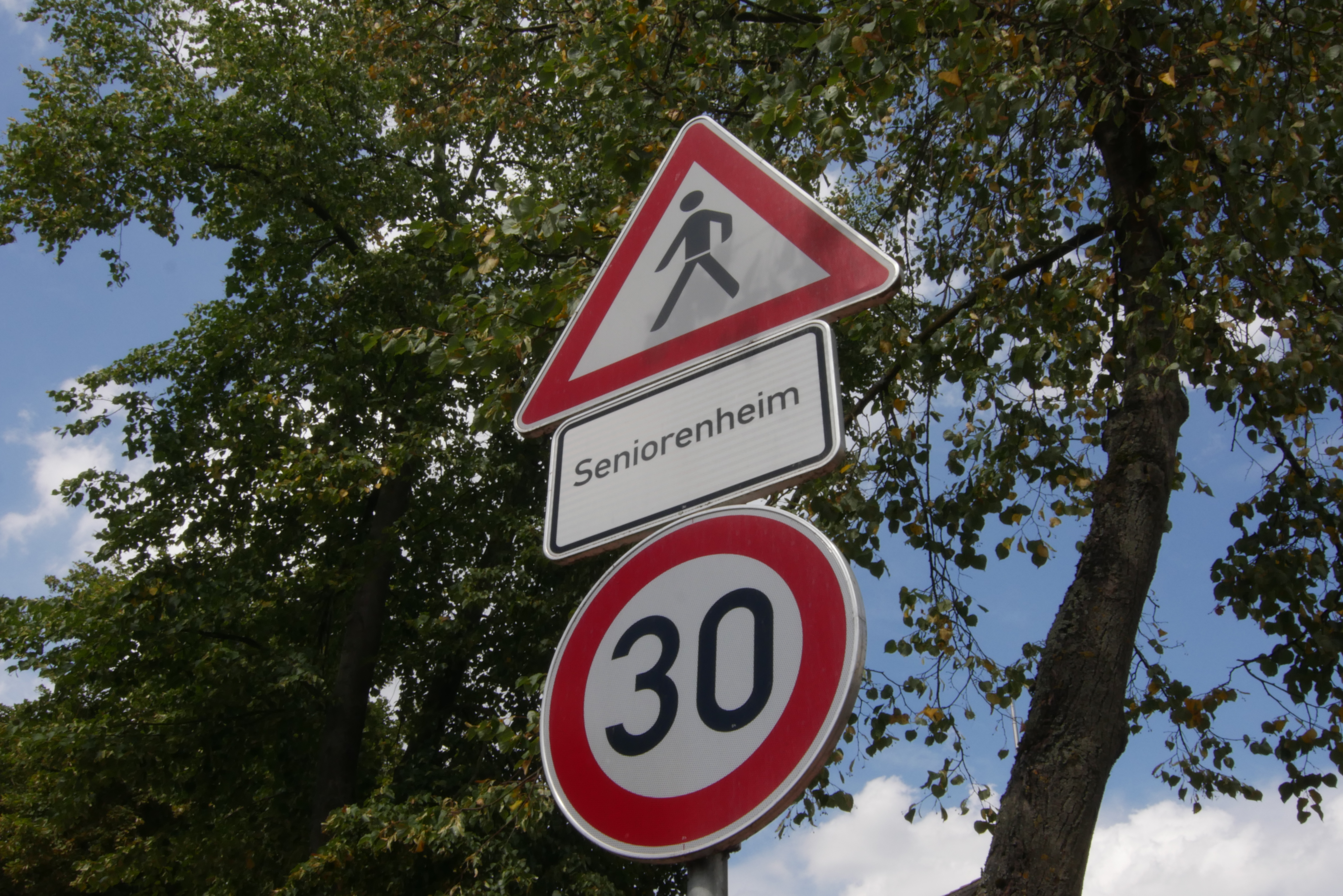
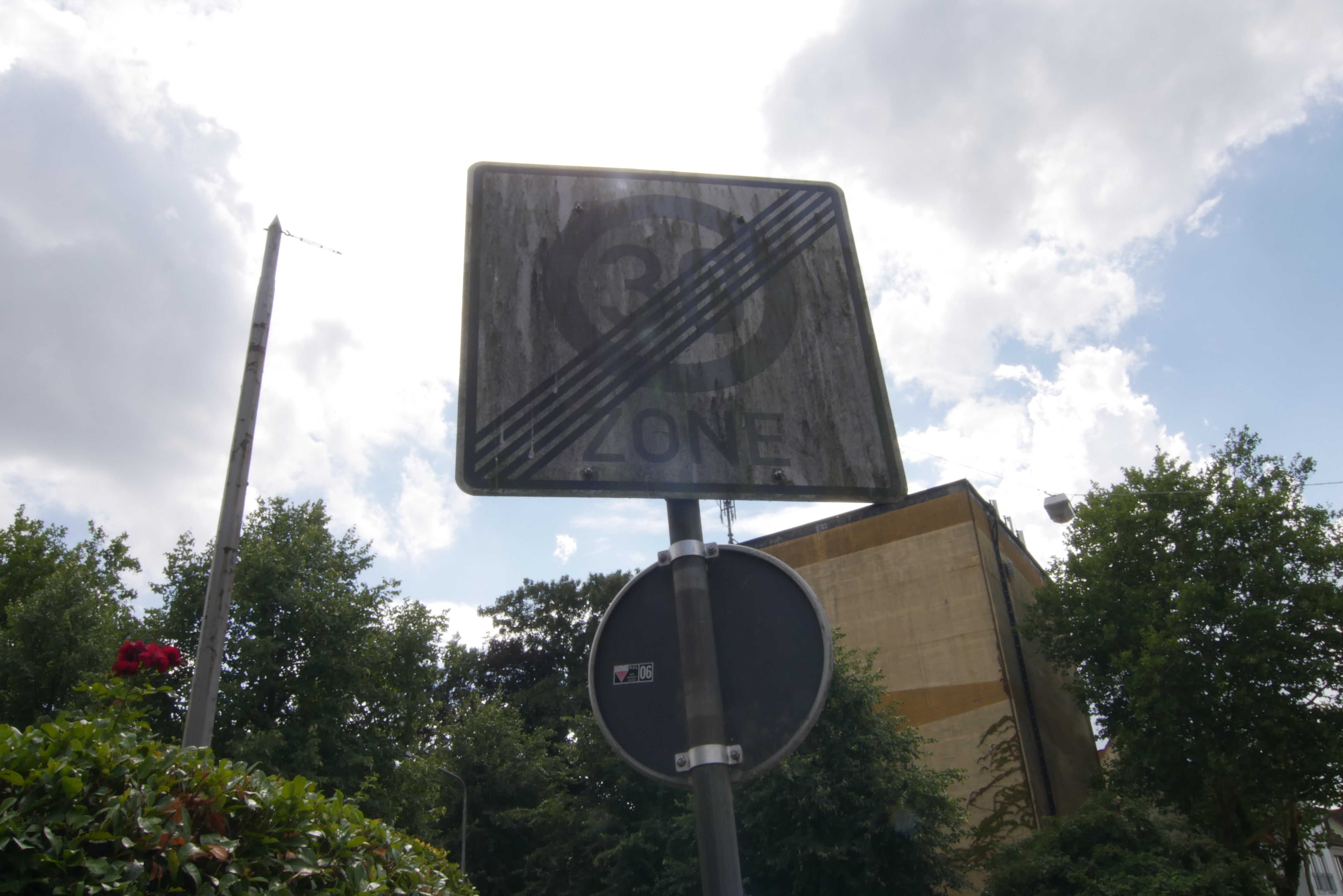
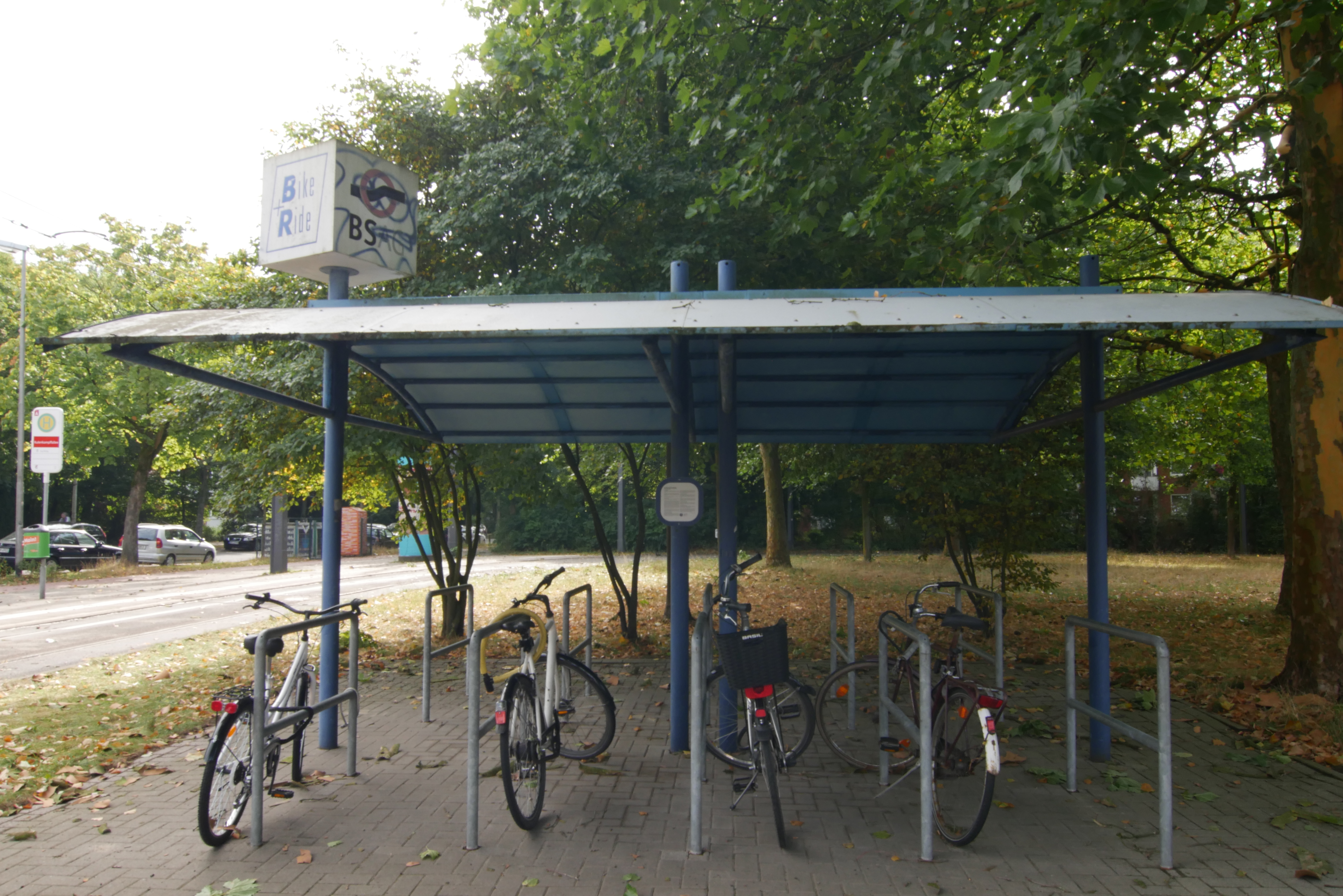
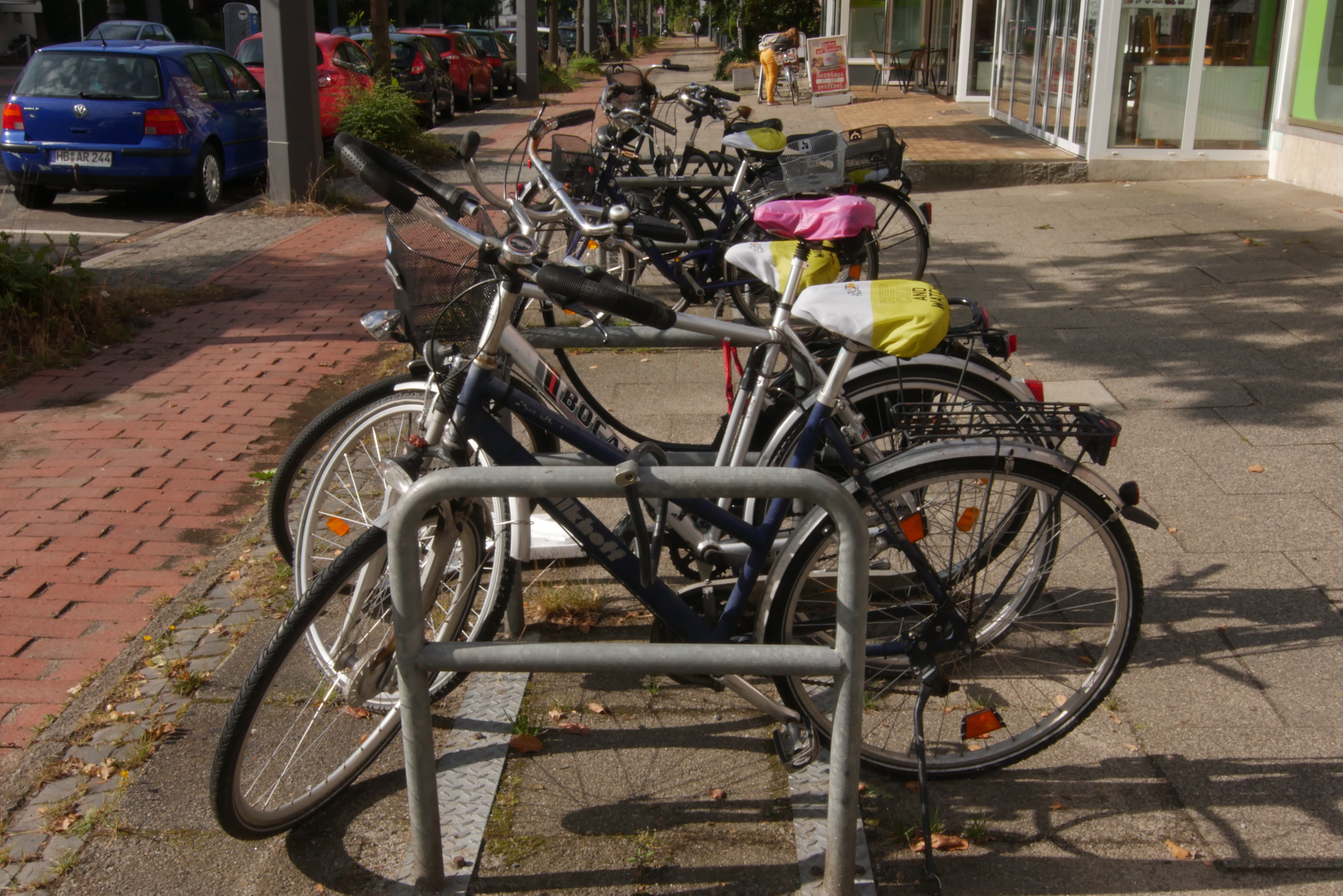

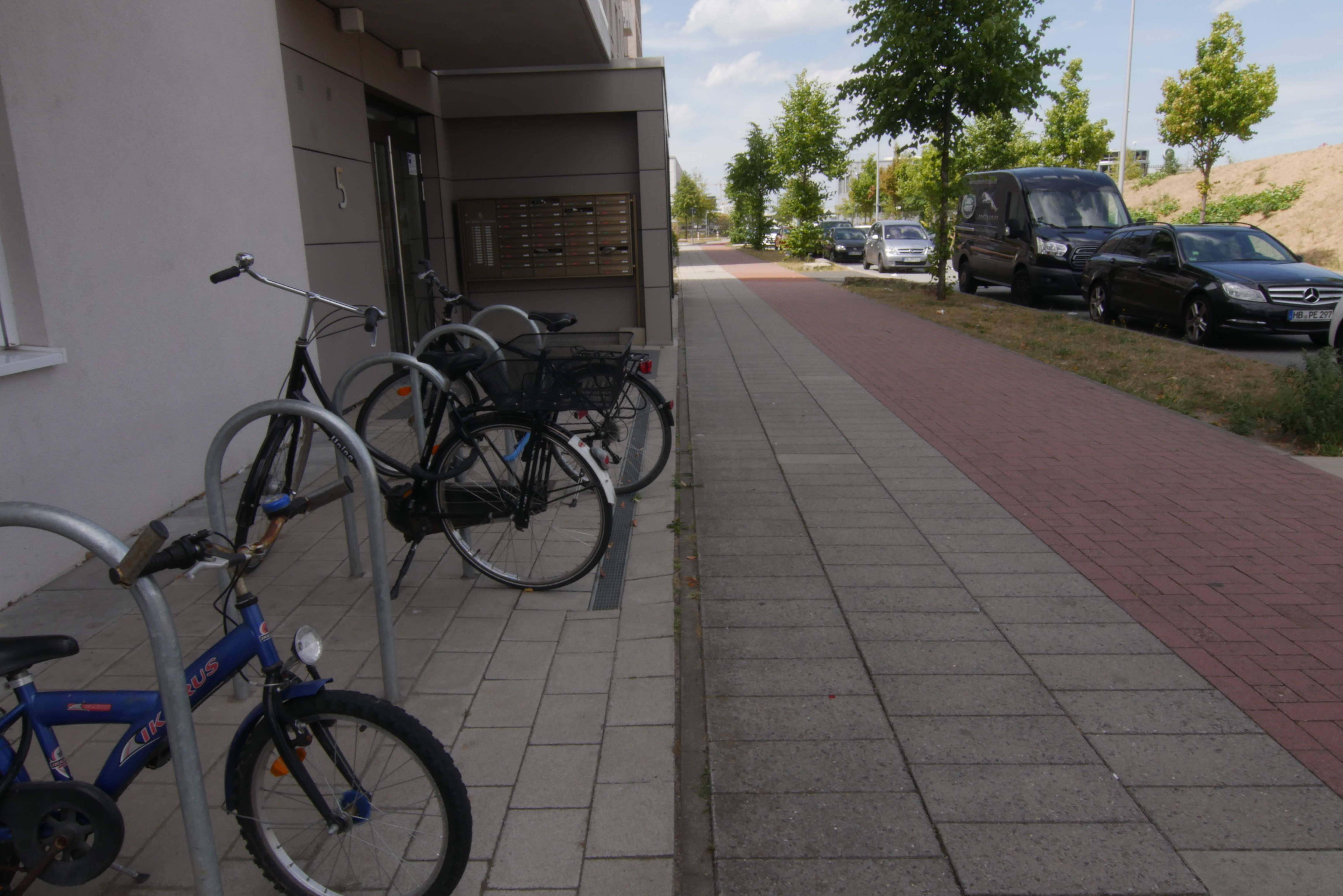
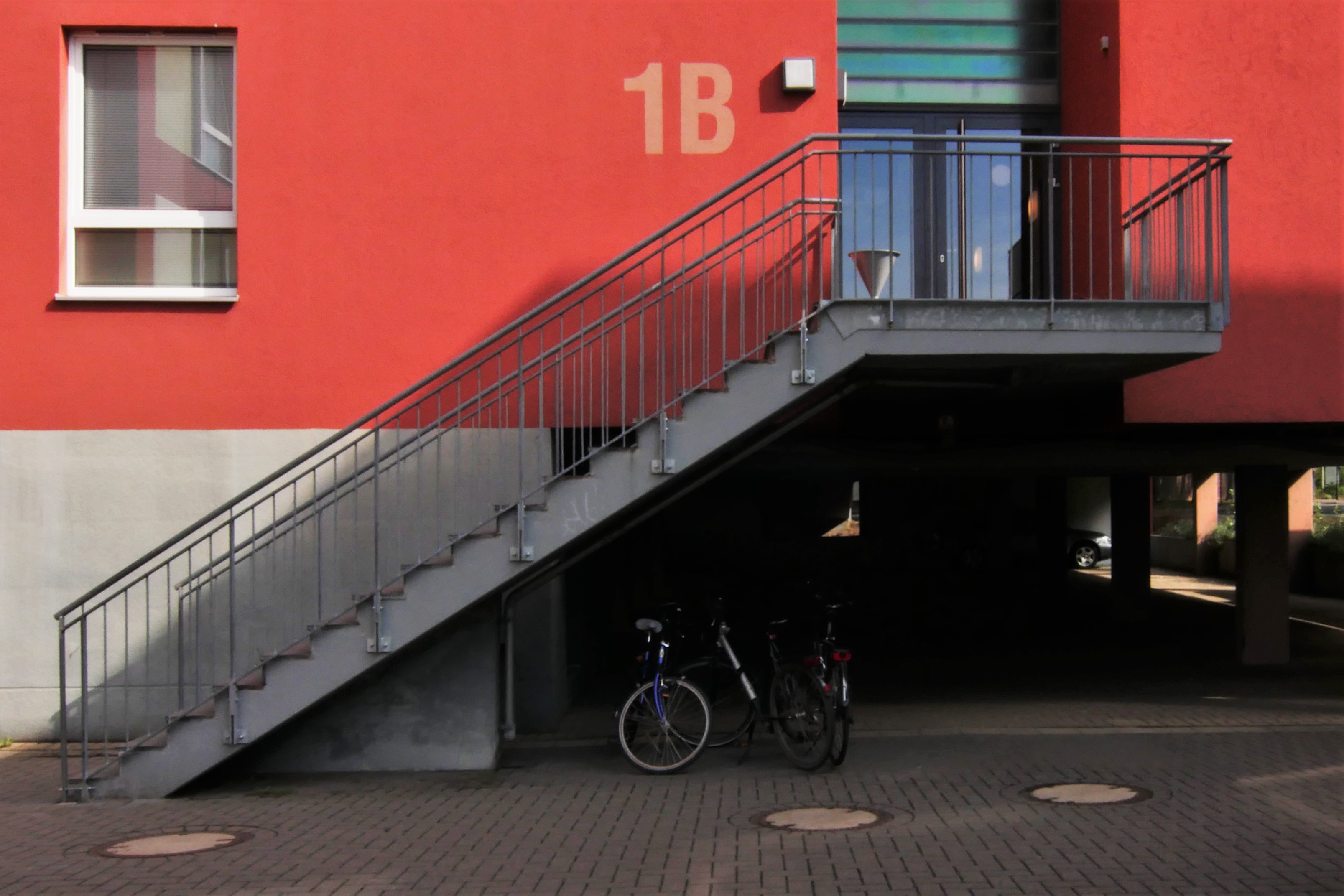

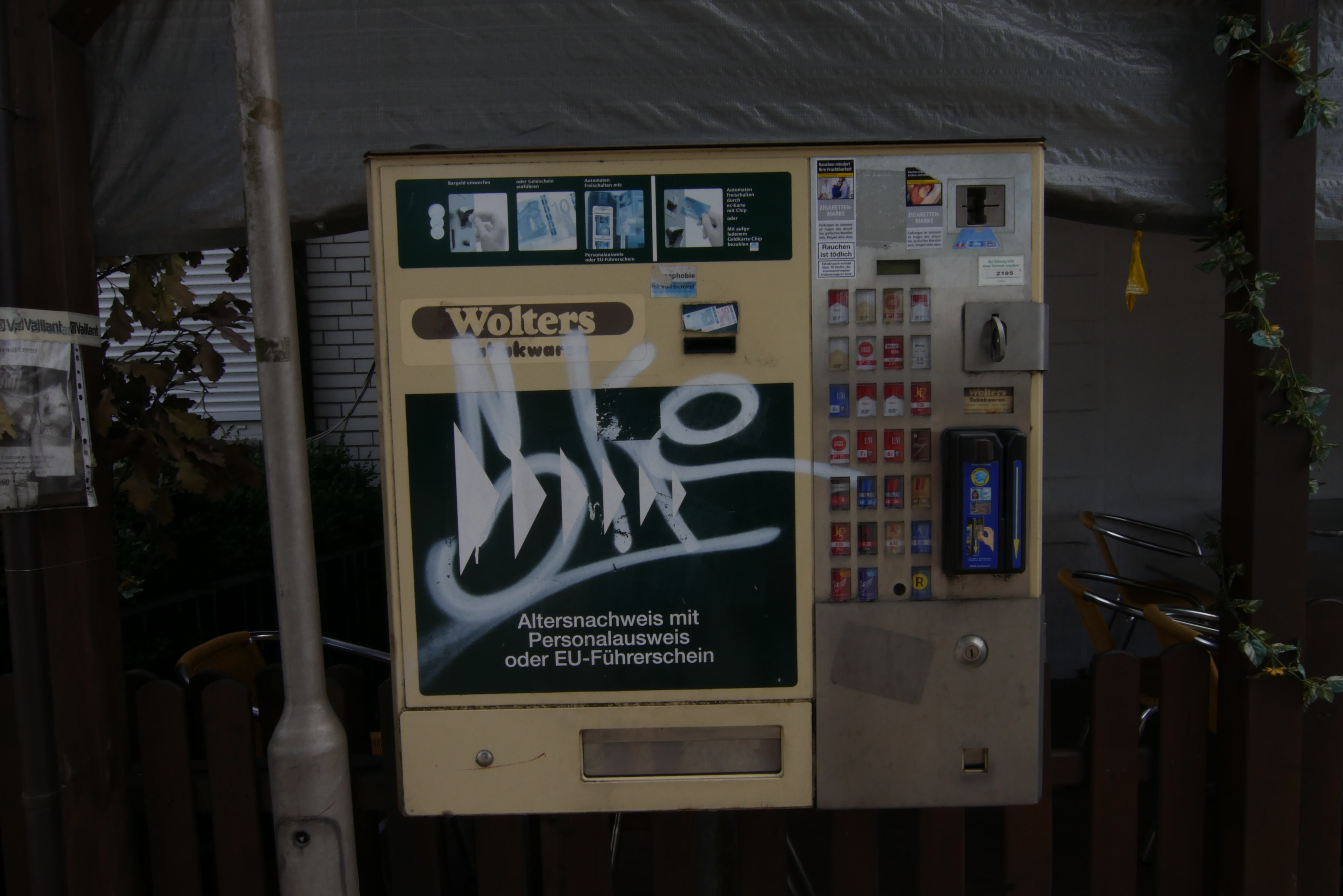



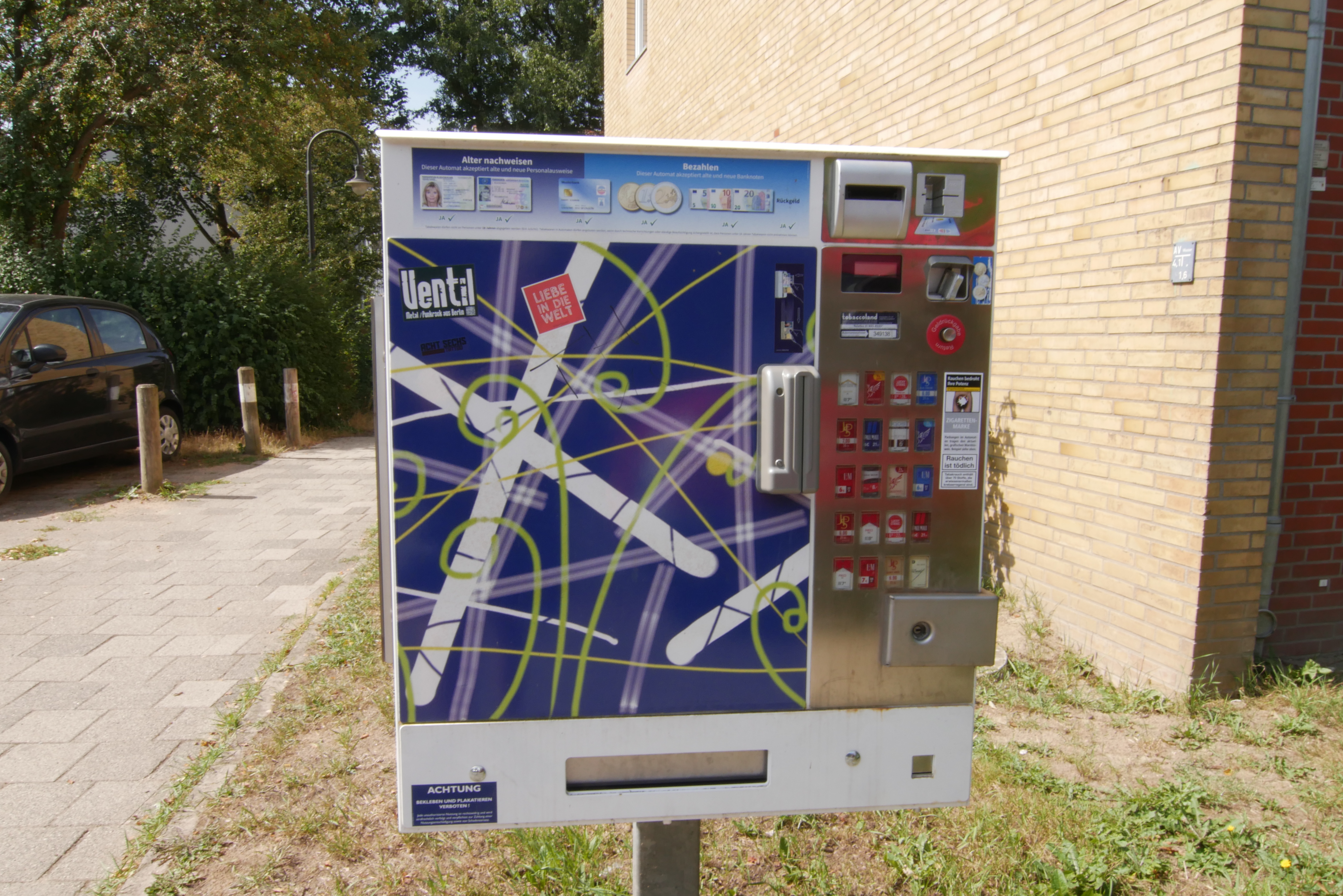



0 Kommentare